It seems like the natural thing to do when your car's engine is hot is to put coolant on it to help balance things out. Well, should you be doing this? That's what we'll talk about today. We asked our car experts if it's wise to add coolant to your engine when it is hot, and here's what they have to say.
No, you cannot add coolant right away while the engine is still hot. You need to wait for 30 to 60 minutes or until the engine cools down and the pressure subsided before adding your coolant. This will help mitigate the risk of getting burns and will prevent your engine block from cracking due to the sudden temperature change.
Keep reading so we can tell you more about why you shouldn't add coolant to a hot engine, how long you need to wait until it's safe to do so, and how often you should top up the coolant in your engine. We'll also answer if you can pour water on your engine to help cool it down and if you can drive right away after adding coolant to your car's engine. Let's get started!
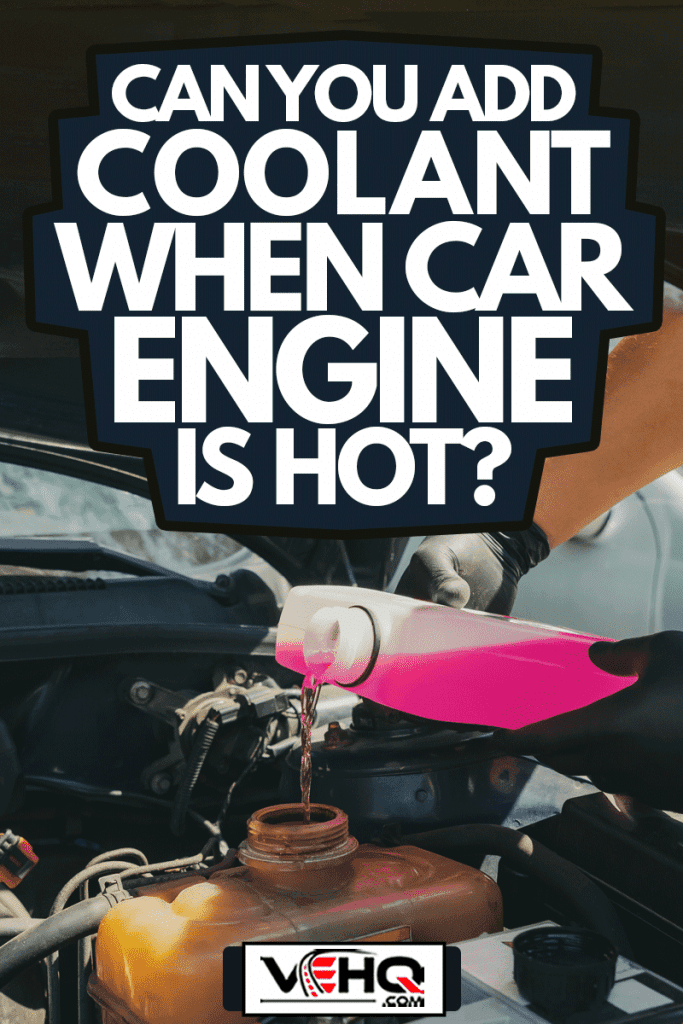
Adding coolant to hot engine
An engine coolant is a liquid substance that you put in your vehicle's exhaust and cooling system to make sure that the temperature in your engine stays cool all the time, despite running for hours.
Also known as antifreeze, the coolant is mixed with water in the radiator to keep the engine from overheating at high temperatures or freezing at low temperatures. Coolants ensure that the engine temperature is maintained at an optimum level all the time.
It does this by absorbing the excess heat from different portions of the engine as it travels through the entire hose length around it. The antifreeze also protects the components to make sure that they don't rust or corrode prematurely.
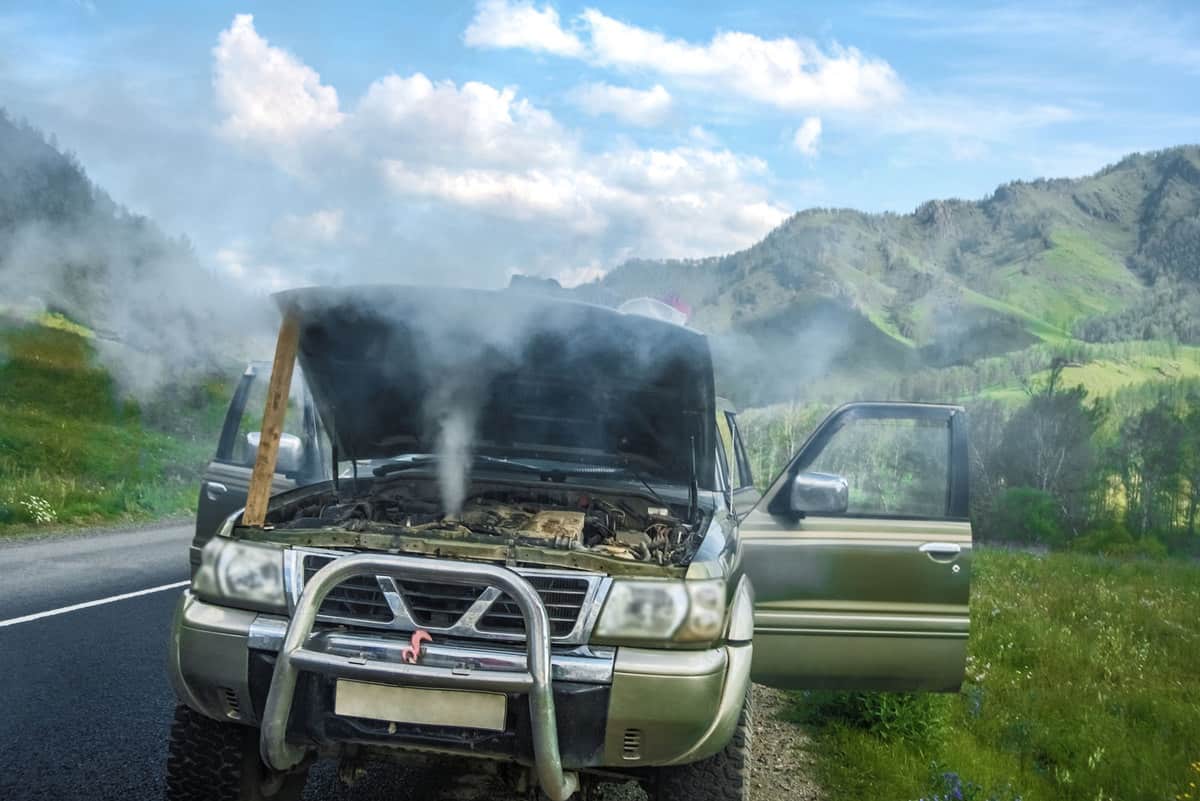
You now have an idea of how an engine coolant works. As stated above, it is understandable if you think that you can solve overheating by simply mixing a coolant with the boiling water inside the engine.
However, this isn't the case. As the cover of the engine's coolant reservoir reminds us, you shouldn't try to remove the cap to add coolant while the engine is still running, especially not when it's still hot.
Unscrewing the cap would harm you as it is very, very hot and pressurized. There is a high risk of getting a serious burn. Adding a coolant to a hot engine could also damage it. Cracks can form around the engine block because of the sudden temperature change.
Make sure to turn your engine off and put your vehicle in park or neutral mode. Wait for it to cool down before you add a coolant inside the reservoir. When you're done, close off the cap tightly so that the coolant won't be spilled or leak.
Check out this coolant on Amazon.
How long should I let the car cool before adding coolant?
You have to wait until your car's engine is cool enough before you add your antifreeze. This is for your own safety and to avoid damage to the engine system. The length of time you have to wait until the engine turns cool would depend on how you were using your car prior to topping up your coolant.
If you were just going on a short drive around town, the engine should be cool and safe enough to handle after 15 to 30 minutes. But if you've been speeding on the highway, it would take about an hour before it's all right to touch the coolant reservoir.
Here are some more precautionary measures when adding coolant:
- Check the hood of your car if it's cool to the touch before you proceed with this task.
- Make sure you put on gloves before handling the coolant.
- As you partially loosen the coolant reservoir cap, you need to step back to allow the pressure to subside. Once it eases, that's when it's safe for you to take the cap off completely.
Can I pour water on my engine to cool it down?
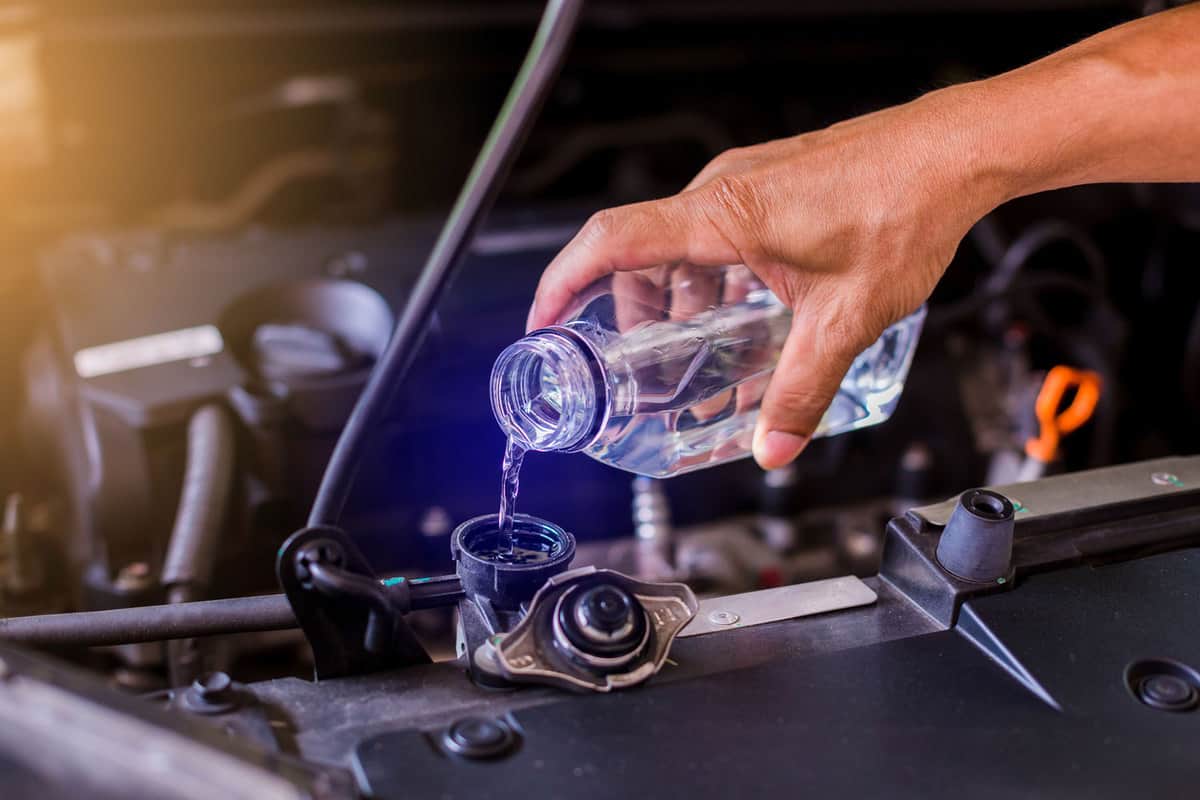
If all you have in the trunk of your car is a jug of water and there is no coolant for you to use, that would suffice for the time being. You can pour water into the coolant reservoir to mitigate the engine temperature, but only after you've given it enough time to cool down.
Same as what we've noted above, you shouldn't be close to the engine while it's hot. There is a high risk for some serious burns, and the sudden temperature change can cause damage to your engine block.
You should also note that water is just used for emergencies when you don't have a coolant. After all, water is better than nothing.
But make sure you add coolant as soon as you find a shop where you can buy some. Water will boil quickly, and this might cause corrosion in your engine, whereas adding a coolant would raise the boiling point of water to 212 degrees Fahrenheit so you can be sure that the fluids inside won't be too hot.
Can I drive right after adding coolant?
So, you've filled your coolant reservoir to its maximum level and put its cap back on. The next thing to do is to turn on your car's engine. But don't drive off right away. Check the temperature gauge on your dashboard first to see if it goes back to normal.
If it does, then you can proceed with driving but still with caution. Observe the temperature, if there is steam under the hood or leaking fluids from your car.
Make sure you visit your trusted auto repair shop right after to address the real issue of why your cooling system failed. This will help prevent greater damage to your engine and keep you out of emergency situations on the road.
How often should I top up my coolant/antifreeze?
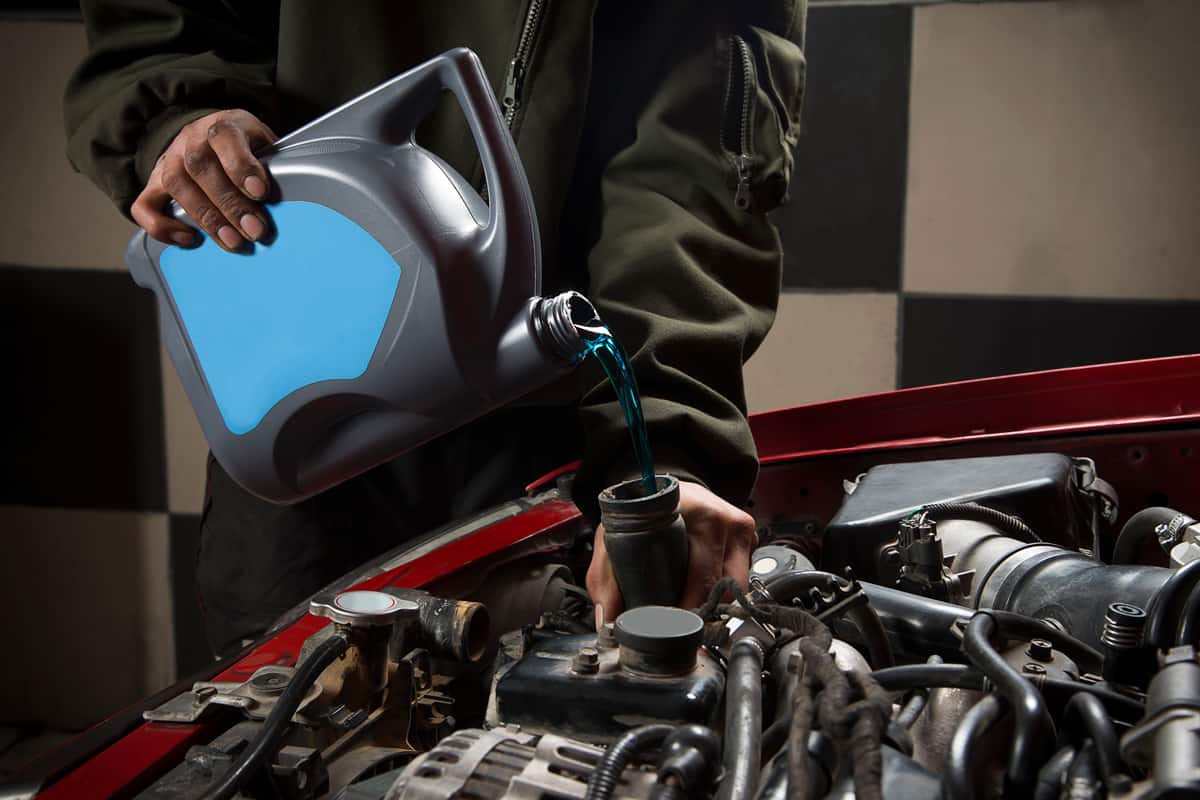
Given the important role of coolants in regulating the temperature inside your car's engine, you would want to make sure that your coolant stays at an optimum level. This will help ensure you don't run into trouble with your cooling system.
But don't worry, you don't need to keep topping up your coolant frequently. It would depend on the number of miles you've reached.
You would need to check your manual for the manufacturer's recommendation for the top-up schedule, but it's normally after you have driven your first 60,000 miles (for new cars) and then every after 30,000 miles after that.
It is also recommended that your coolant be tested as part of your regular maintenance schedule. Coolants do deteriorate over time, and when they go bad, they turn acidic and won't be effective in protecting your radiator from corrosion.
Final Thoughts
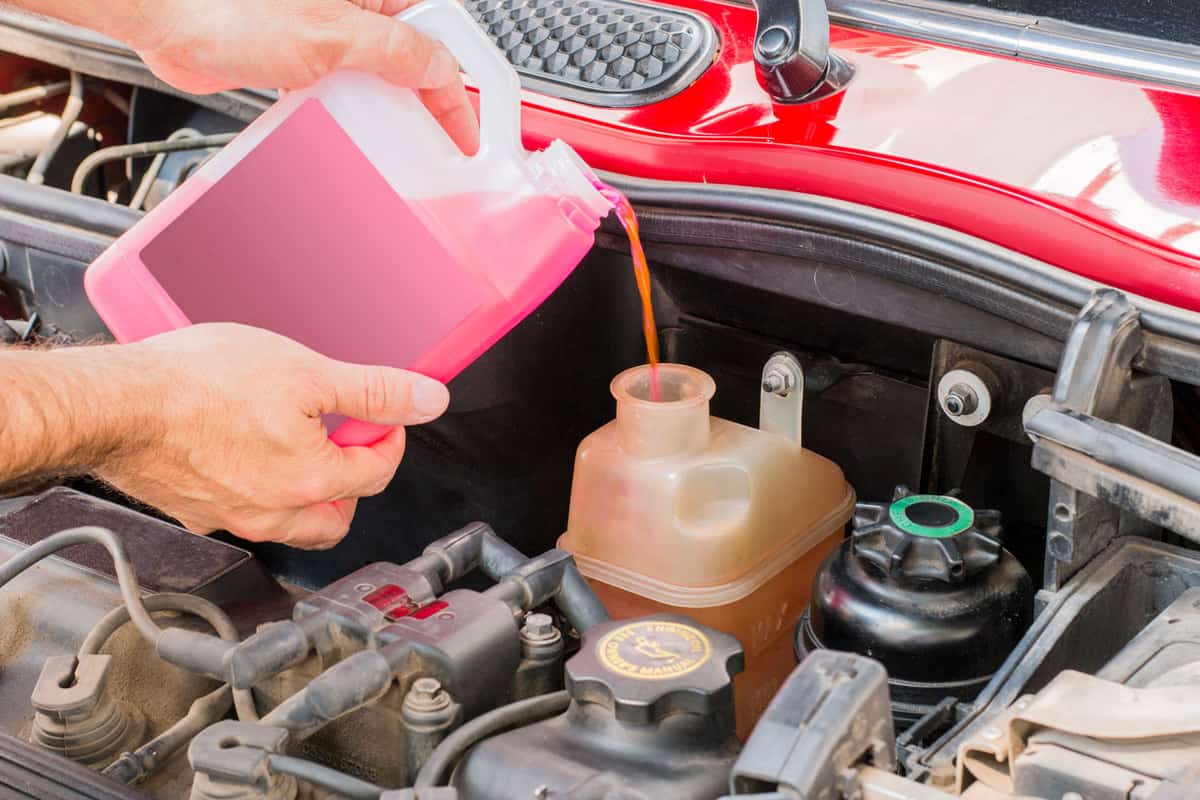
Don't add coolant to a hot engine. Give it time to cool down so that it's safe for you and your engine. It's a great idea to always have a stock of coolant and water in your trunk for emergency situations. But of course, you still need to have the cooling system of your car checked to avoid this kind of situation.


Great article to read! Now I know that we have to be careful applying coolant on a car engine. Thank you for sharing this!
Very useful article for people like me who have no idea about mechanics.. thank you